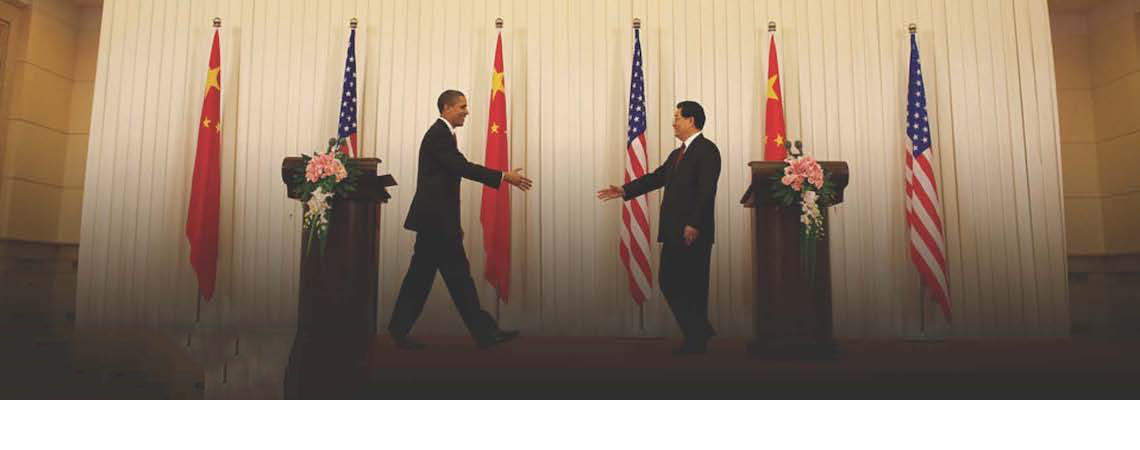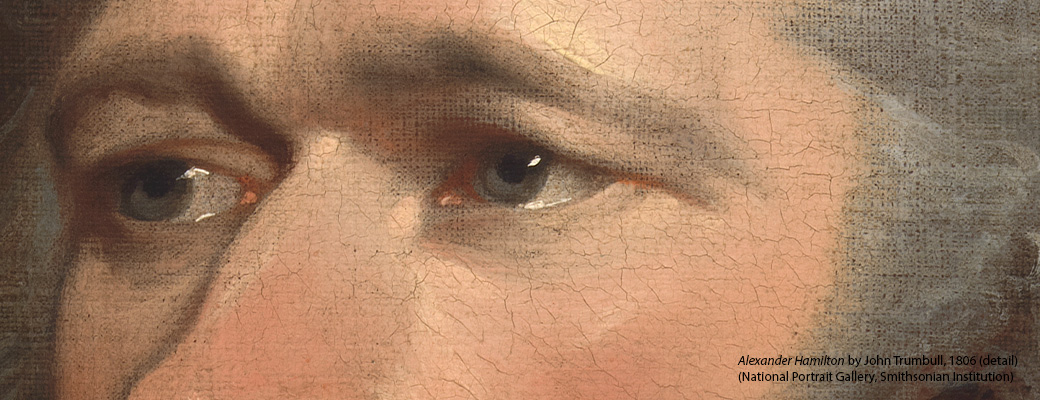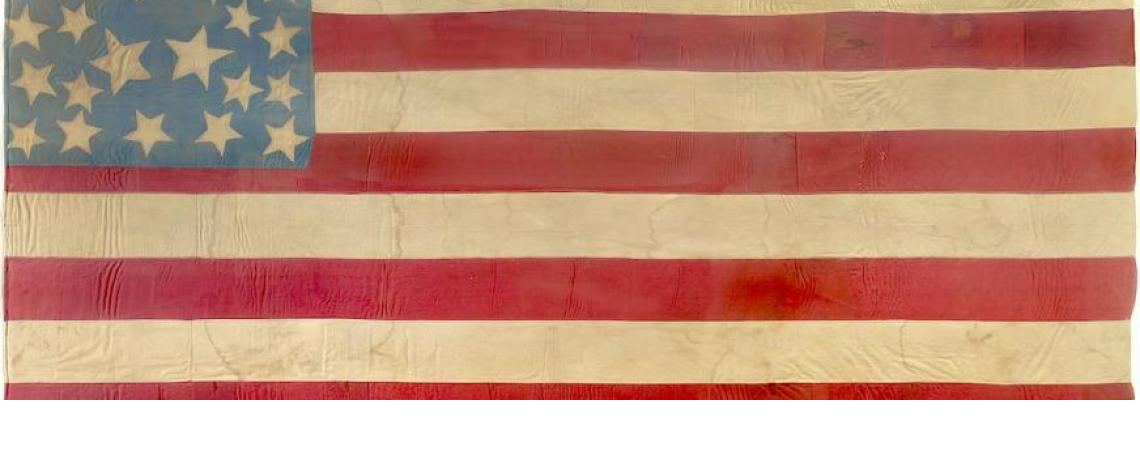90,986 items
On March 4, 1865, Frederick Douglass attended President Abraham Lincoln’s second inauguration. Standing in the crowd, Douglass heard Lincoln declare slavery the "cause" and emancipation the "result" of the Civil War. Over the crisp...
Imperial Rivalries
When Christopher Columbus made his plans to sail westward across the Atlantic, he first set off across Europe to find sponsors. His brother Bartholomew went to the court of the English King Henry VII (who turned him down, much to the...
Inventing American Diplomacy
In 1783, the expatriate artist Benjamin West began what became his most memorable painting, "The Peacemakers." West intended to produce a group portrait of the diplomats whose negotiations resulted in the Treaty of Paris of 1783, but...
Appears in:
The Spectacles of 1912
The presidential election year of 1912 began with one unprecedented spectacle, ended with another, and sandwiched a few more in between. In February, former president Theodore Roosevelt stunned the country by challenging President...
The Puritans and Dissent: The Cases of Roger Williams and Anne Hutchinson
Every society constructs what one scholar has called a "perimeter fence," which sets the boundary between actions and beliefs that are acceptable and those that are not. [1] This is as true of the United States in the twentieth...
Appears in:
African American Religious Leadership and the Civil Rights Movement
Clarence Taylor is Professor Emeritus of Modern African American History, Religion, and Civil Rights at Baruch College, The City University of New York. His books include The Black Churches of Brooklyn (1994), Knocking at Our Own Door...
Native American Discoveries of Europe
Native Americans discovered Europe at the same time Europeans discovered America. As far as we know, no birch bark canoes caught the gulf stream to Glasgow, and no Native American conquistadores planted flags at Florence, but just as...
Appears in:
Teaching American History to Muslim Exchange Students
Everyone knows that the election of 2004 marked a pivotal turning point for the American people. That point was brought home forcefully by the experience of teaching American history that summer to a group of twenty-one young Muslim...
Appears in:
Coming to America: Ellis Island and New York City
New York City is a kind of archipelago, a Philippines on the Hudson River. Only one borough—the Bronx—is actually attached to the American mainland. There are some forty islands in the city beyond Manhattan, Staten Island, and Long...
Appears in:
Why We the People? Citizens as Agents of Constitutional Change
"We the People?" asked Patrick Henry at the Virginia convention to ratify the new Constitution in 1788. "Who authorized them to speak the language of ‘We the People,’ instead of ‘We the States’?" [1] Looking back, we can be grateful...
Appears in:
The Roaring Twenties
The 1920s heralded a dramatic break between America’s past and future. Before World War I the country remained culturally and psychologically rooted in the nineteenth century, but in the 1920s America seemed to break its wistful...
The Impact of Title IX
One of the great achievements of the women’s movement was the enactment of Title IX of the Education Amendments of 1972. The law states: "No person in the United States shall, on the basis of sex, be excluded from participation in, be...
Populism and Agrarian Discontent
Today, the Gilded Age evokes thoughts of “robber baron” industrialists, immigrants toiling long hours in factories for little pay, massive strikes that were often put down by force, and political corruption in both big cities and the...
Exploration
We often speak of America as "unknown," except to its own inhabitants, in the Middle Ages. But so, in a sense, was Europe, which hardly figured on the maps and in the calculations of the immensely richer, more populous, and...
Immigrant Fiction: Exploring an American Identity
Strictly speaking, all American novels (with the exception of those written by Native Americans) are in one way or another immigrant fiction. But we usually think of immigrant fiction more narrowly as the encounter of the foreign-born...
Appears in:
The Seneca Falls Convention: Setting the National Stage for Women’s Suffrage
On July 19–20, 1848, about 300 people met for two hot days and candlelit evenings in the Wesleyan Chapel in Seneca Falls, New York, in the first formal women’s rights convention ever held in the United States. Sixty-eight women ...
Appears in:
Facing the New Millennium
In 1941, on the eve of Pearl Harbor, Time magazine publisher Henry Luce predicted that the twentieth century would become known as the "American Century." By many measures he was correct. During the next sixty years, the United States...
Showing results 1751 - 1775






